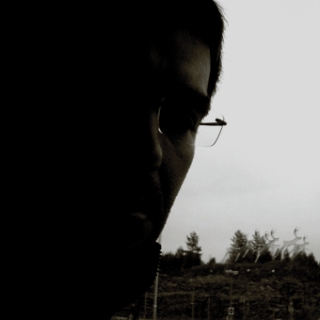All the games must be optimized in some way as they were tested for the first time: adjust small details to get them easy‑to‑play, slightly changes on the parameters or on the rules. Overall, the games were fairly well designed.
After game playing and discussing, some conclusions were drawn. It was obvious that designers are mainly visuals as 4 of the 6 games use pictures and/or drawing. The other most‑used item are words, pointing to the conceptual behave/thinking. One can conclude that designers mainly work with visual concepts. Is that natural process? Or is it a result of educational systems? Anyway, we must admit that words/concepts and pictures are a rich source of information to use as inspiration.
One of the games was project‑oriented. Based on the current project of the design team, one player mime a future scenario while the others try to guess what is the action, environment, and tools involved, etc. At the end the team gets the mimed situation and a set of guesses, most of them wrong, but valuable as they are interpretations of a performance that highlight the most important issues for the “performer”.
There was other that aimed to trainee mind to go over through several stages of associations between words and handwork (from drawing to model making). The outcome of this game was a word per player and the process that lead to such word. Actually, 'association' was the most heard word on others comments… it seems that creativity depend pretty much on (unusual, atypical) 'associations'.
 Half of games sought free invention: at the end of those games the outcome is a (set of) product(s). Players received a set of random categorized pictures (objects, materials, environment, and scenario) and/or words. In some variations, words are a result of picture analysis. The outcome material is then use to invent a product or as inspiration to do it so.
Half of games sought free invention: at the end of those games the outcome is a (set of) product(s). Players received a set of random categorized pictures (objects, materials, environment, and scenario) and/or words. In some variations, words are a result of picture analysis. The outcome material is then use to invent a product or as inspiration to do it so.Again, as mentioned on the last post, the game itself is not a strategy, but a tool to implement a methodology. Anyway, one should not devaluate the power of the games. Apart from being important procedural tools, they are also excellent social tools and a way of promote a happy and relax mood into teams.

No comments:
Post a Comment